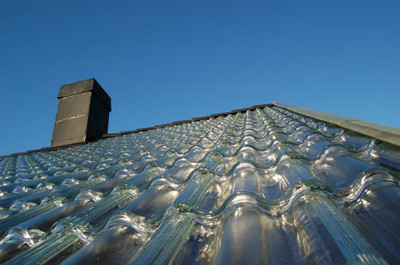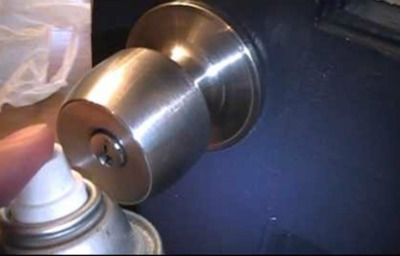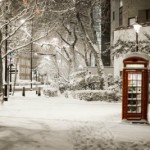results on our special
Gutter Camera
guarantee on
all cleaned gutters
gutter vacuum
cleaning system
11 Tips to Winterise Your Home
September 13th, 2017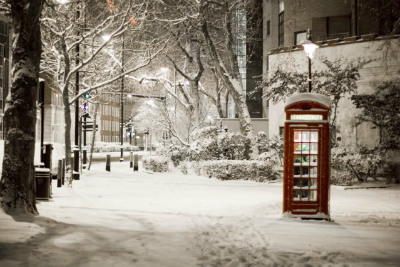 Winter is coming. And this means that the UK will have a truly frosty Winter this year, and it’s coming. Soon!
Winter is coming. And this means that the UK will have a truly frosty Winter this year, and it’s coming. Soon!
According to some forecasts and predictions, this Winter could be really heavy on the snow.
Yes, snow in London, that’s what we just said! And before all of you dream of a fairy tale Christmas, ask yourself one question: do you winterise your home?
By doing so, not only you will save energy, but you will protect your home from any harm that Winter brings.
11 Tips to Winterise Your House
1. Cover Your Threshold
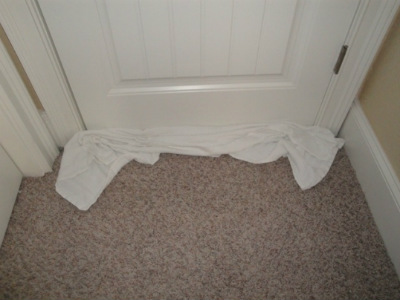 Drafts can waste up to 30% of the energy you use for heating your home.
Drafts can waste up to 30% of the energy you use for heating your home.
Yes, that is actually quite a lot.
A simple bath towel beneath every outside door will do the trick, but you can get creative, and stylish about this, and think of an alternative that will look better.
Just pick a towel that matches the door colours, put some googly eyes on it and you have a very kid-friendly solution to Winter energy costs for your house.
If you are not into DIY stuff, there are various commercial solutions to the problem, too.
2. Clean or change your Furnace/Air Conditioner filters
If you live in a flat, maybe an air conditioner is all you need for Winter warming.
In that case, it is important to thoroughly clean the filters before the season. Not only it will operate more efficiently, but it will smell nice as well. To do so, just detach the outer hood and remove the filters. Usually, no special instruments are needed. Clean them with water only.
To get rid of the smell, spray some degreasing agent on the pipes just behind the filters and let the conditioner run for 15 minutes on cold settings. Wait for it to dry, attach the filters and you are done.
If you have a furnace in your home, make sure to change and clean the air filters every month. Dirty filters will reduce efficiency and demand more energy. You can think of switching to a permanent filter or a HEPA filter. Consider ordering a professional tune-up before the season starts, so you can remove any unexpected issue your furnace might have.
3. Clean your gutters and inspect your roof
Of course, we would get to the type of gutters.
At GuttersLondon.co.uk we know that if there is any debris there before it starts snowing, those will block your gutters and cause a wide range of guttering problems.
Meaning? You’re in for work – gutter repair or full replacement. Any clogs will be an obstacle for the rain and melting snow to drain. Ice blocks will form and you’ll be risking damaging your whole guttering system.
Needless to say, if you’re in a need of professional gutter cleaning help, give us a call.
You should also inspect your roof for any weak spots. If there is heavy snowing, the snow will accumulate and, if heavy enough, might break your roof, making a bigger hole for Santa Claus to drop his presents.
4. Check and caulk your window sills
Another area where you might lose heating energy is the window sills.
A simple gap can increase your bill by 5% to 30% a year.
This makes the alternative of caulking and weatherstripping them much more rewarding. A smart trick is to light a candle from the inside and have someone blow a hairdryer from the outside of the windows. Where the candle flickers, you have gaps to fill.
5. Insulate your attic
Hot air is lighter and travels upwards. That’s why if your attic is not properly insulated, you will be losing a lot of warm air through it. It’s best to call someone to check it, as there are tricky parts you may not find on your own.
6. Insulate your pipes
This will benefit you two ways.
Firstly, hot water will remain hotter since outside temperatures won’t affect it that much.
On the other hand, insulation will prevent your pipes from freezing which, we can’t stress this enough, is really bad for your household.
The best way to insulate your pipes is by placing a pre-slit pipe foam you can find in the hardware stores. Cut it to size, tighten it with duct tape, and you are done.
7. Run fans in reverse
This might sound a bit stupid, but if you have fans in your home and run them in reverse (which should be clockwise), they will push the hot air to the bottom, leaving you with warm feet. Since warm feet are equal to eternal happiness, you can change your entire attitude just by the click of a button.
8. Spray WD-40 on your keyholes
This will prevent them from freezing in the cold winter months. Don’t be too generous on the WD, 3-4 drops would be sufficient.
9. Turn off the water supply to the outside
If you have a hose connected, drain it and remove it from the spigot. Then turn off the valve and leave it to drain by itself. If you suddenly don’t get the urge to make an ice pond in your backyard, refrain from using the outside pipes.
10. Lower your central heating
If the forecast predicts freezing temperatures, adjust your central heating to 12C-15C. If it is much higher, it may choke. This way you guarantee the system won’t freeze and will operate properly. If 15C is too low for you, just go grab another sweater.
11. Clean the chimney
This move won’t save you extra energy, it is just common sense. You don’t want any debris to set your house on fire or return deadly carbon monoxide back to your home, do you? A single cleaning should cost around £50, as much as monthly home insurance.
Alternatively …
If you have the money and the will, you can always outdo your neighbours by installing the award-winning glass roof tiles that capture solar energy and transform it into a heating system for your home during the winter.
SolTech Energy, a Swedish company selling solutions for clean solar power, has developed a unique home heating system contained within roofing tiles made of ordinary transparent glass. They make the tiles of ordinary glass and weight as much as the clay ones.
All they require is a cloudless weather and they can generate up to 350 kWh heat per square meter. We instal them on a black nylon canvas that absorbs the sun rays and heats the empty air sockets beneath it. The air itself heats up water that is connected to the house’s heating system. The beauty of the whole process is that even in gloomy days or nighttime, the air reserve is sufficient to continue to heat your home. That’s some impressive resourceless heating. And on top of that, it looks really cool from the outside.